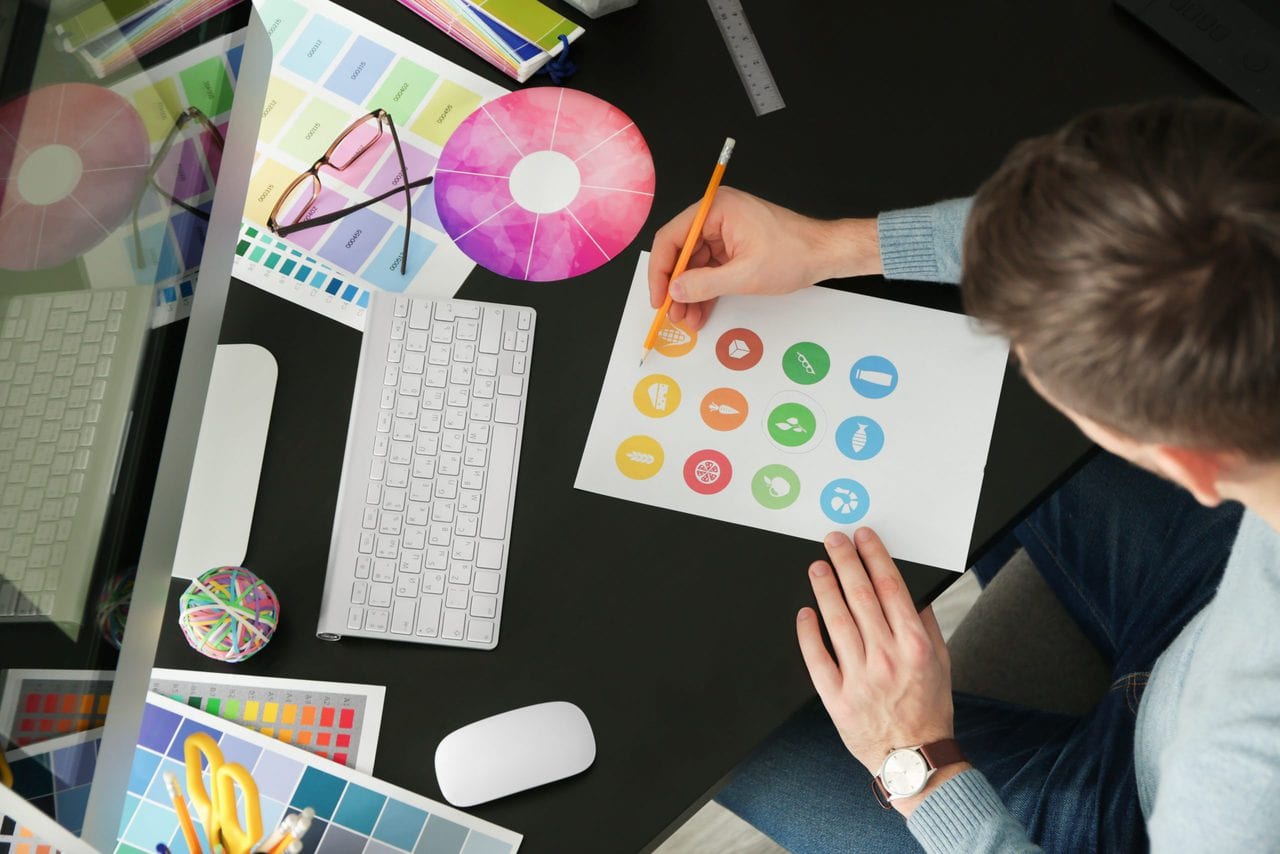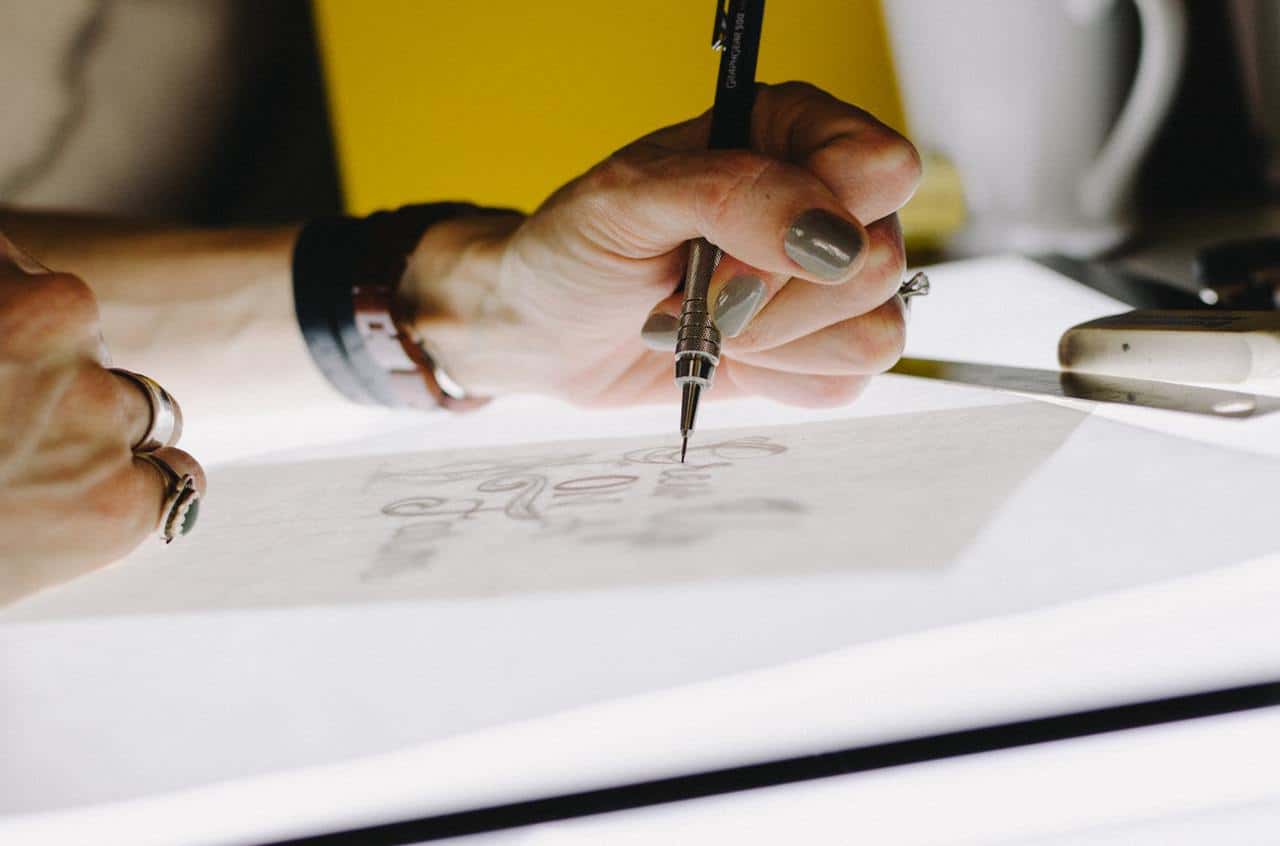The realm of 3D character layout has gone through a profound change since its inception. What began with simple models and fundamental animations has actually developed right into an advanced art form driven by technical improvements. This post explores the journey of 3D character design, tracing its advancement from early designs to contemporary methods and checking out exactly how emerging innovations are forming its future. Discover more at Room 8.

Early Starts of 3D Character Layout
The Development of 3D Graphics
The trip of 3D character design began in the early 1990s when video games started transitioning from 2D sprites to 3D graphics. Early examples of 3D personalities can be seen in video games like “Ruin” (1993) and “Quake” (1996 ), which marked considerable milestones in the integration of 3D versions into pc gaming. These early 3D versions were defined by low polygon matters and straightforward appearances, showing the technological restrictions of the time.
Limitations and Challenges
Early 3D characters encountered numerous constraints. With polygon matters commonly restricted to simply a couple of hundred, characters appeared heavyset and did not have detail. Appearances were straightforward and might only supply very little detail as a result of the restrictions of very early graphics hardware. Stimulating these personalities was also difficult, as designers had to collaborate with rudimentary systems that provided minimal control over motion and articulation.
Early Design Techniques
In the preliminary stages of 3D character layout, developers utilized standard geometric shapes to create personalities. Methods such as level shading and straightforward structure mapping were utilized to provide depth and detail. Computer animation was often attained through keyframe strategies, which entailed manually defining crucial frames and interpolating in between them. Despite these restrictions, early 3D personalities laid the structure for advanced methods that would follow.
Developments in 3D Modeling and Animation
Intro of Greater Polygon Counts
As technology progressed, so did the capabilities of 3D modeling. The shift from low-polygon versions to high-polygon versions allowed for even more detailed and practical characters. This transition was made possible by boosted hardware and software, which allowed programmers to develop versions with thousands of polygons, leading to smoother and more intricate designs.
Structure Mapping and Shielding Methods
With the innovation of texture mapping methods, 3D personalities began to display much more complex information. UV mapping, presented in the late 1990s, allowed designers to project a 2D image onto a 3D model, giving even more comprehensive and exact structures. Shading strategies additionally advanced, with the introduction of bump mapping and specular highlights including depth and realistic look to personality surface areas. These developments assisted develop more immersive and aesthetically enticing video game globes.
Rigging and Skeletal Computer Animation
The introduction of rigging and skeletal computer animation noted a considerable jump in 3D character design. Rigging includes producing a digital skeletal system (or rig) for a 3D model, allowing it to be animated much more normally. This method made it possible for a lot more complex and fluid computer animations by specifying bone structures and joints that could be manipulated to develop lifelike activities. Skeletal animation became a typical method, permitting even more vibrant and sensible personality animations.
Growth of Motion Capture Innovation
Activity capture (mocap) innovation transformed personality animation by catching real-life activities and equating them right into electronic computer animations. This innovation utilizes sensing units and cams to track a star’s activities, which are then put on 3D models. The outcome is highly realistic animations that capture the nuances of human activity. Games like “Halo 2” and “L.A. Noire ” showcased the power of mocap in developing realistic character performances.
Modern Techniques in 3D Character Layout
Procedural Generation and Advanced Modeling Tools
The arrival of procedural generation and progressed modeling tools has actually additionally enhanced 3D character layout. Step-by-step generation includes utilizing formulas to produce intricate personalities and environments, permitting greater variety and detail without manual treatment. Devices such as ZBrush, Blender, and Autodesk Maya have become crucial in the contemporary layout procedure, using effective functions for sculpting, texturing, and animating characters.
Real-Time Making and High-Definition Personalities
The introduction of real-time making methods has allowed the production of high-definition personalities that look spectacular on modern equipment. Physically Based Making (PBR) is a method that imitates realistic illumination communications with products, causing even more exact and visually compelling characters. Real-time ray mapping, another recent improvement, gives also greater information by mimicing the means light connects with surface areas, producing extremely reasonable aesthetic effects.
Personality Personalization and Modular Layout
Personality customization and modular design have actually become significantly prominent, allowing gamers to create distinct characters tailored to their choices. Modular layout involves producing interchangeable parts and devices that can be incorporated to create diverse characters. This technique not just boosts gamer engagement but additionally supplies developers a versatile structure for designing personalities that can be easily personalized and increased.
Assimilation of Expert System and Artificial Intelligence
Expert System (AI) and machine learning are beginning to contribute in 3D character layout. AI-driven tools can help in automating particular aspects of character creation, such as producing animations or maximizing textures. Artificial intelligence formulas can analyze huge amounts of information to produce more realistic character habits and adaptive animations, making personalities more responsive and vibrant.
Situation Researches and Influences
Influential Games and Personalities
A number of video games and characters have actually dramatically influenced the advancement of 3D character style. As an example, “The Last people” showcased extremely realistic character designs and computer animations, setting brand-new requirements for information and emotional expression. “Cyberpunk 2077” pressed the borders with its in-depth character customization and combination of innovative modern technologies. These instances highlight just how innovation in character style can impact player experiences and establish brand-new market benchmarks.
Influence of Market Fads and Customer Assumptions
Industry fads and customer expectations have substantially shaped personality layout techniques. As innovation has actually progressed, players have actually involved anticipate increasingly reasonable and immersive characters. Patterns such as photorealism, vibrant computer animations, and adjustable characters show these developing assumptions. The push for higher quality and even more interactive personalities remains to drive development in the field.
The Future of 3D Character Layout
Emerging Technologies and Trends
Looking ahead, emerging modern technologies are positioned to shape the future of 3D character style. Virtual Reality (VIRTUAL REALITY) and Enhanced Reality (AR) offer new chances for producing immersive character experiences. Real-time ray mapping and AI-driven style devices are expected to additionally improve the realism and interactivity of personalities. The integration of advanced technologies will likely lead to much more detailed and vibrant personality designs.
Challenges and Opportunities
While the future of 3D character design holds interesting possibilities, it likewise presents obstacles. Enhanced intricacy in character designs and computer animations might stress equipment and call for more sophisticated optimization methods. However, these obstacles also existing opportunities for development, as designers discover brand-new ways to stabilize information with performance.
The Function of Community and Cooperation
The function of the area and collective efforts will certainly continue to be crucial ahead of time character layout. Open-source tools, community-driven tasks, and collaborative campaigns can drive technology and share finest methods. The exchange of knowledge and ideas will add to the ongoing evolution of 3D character layout.

Conclusion
The development of 3D character design has been noted by substantial technical advancements and creative technologies. From very early models with low polygon counts to contemporary high-def personalities, the trip reflects the development of both equipment and creative techniques. As modern technology remains to develop, the future of 3D character layout promises even greater improvements, offering brand-new opportunities for creating immersive and vibrant characters. By comprehending the historical context and welcoming arising technologies, developers can remain to push the borders of personality layout and create memorable experiences for players.
